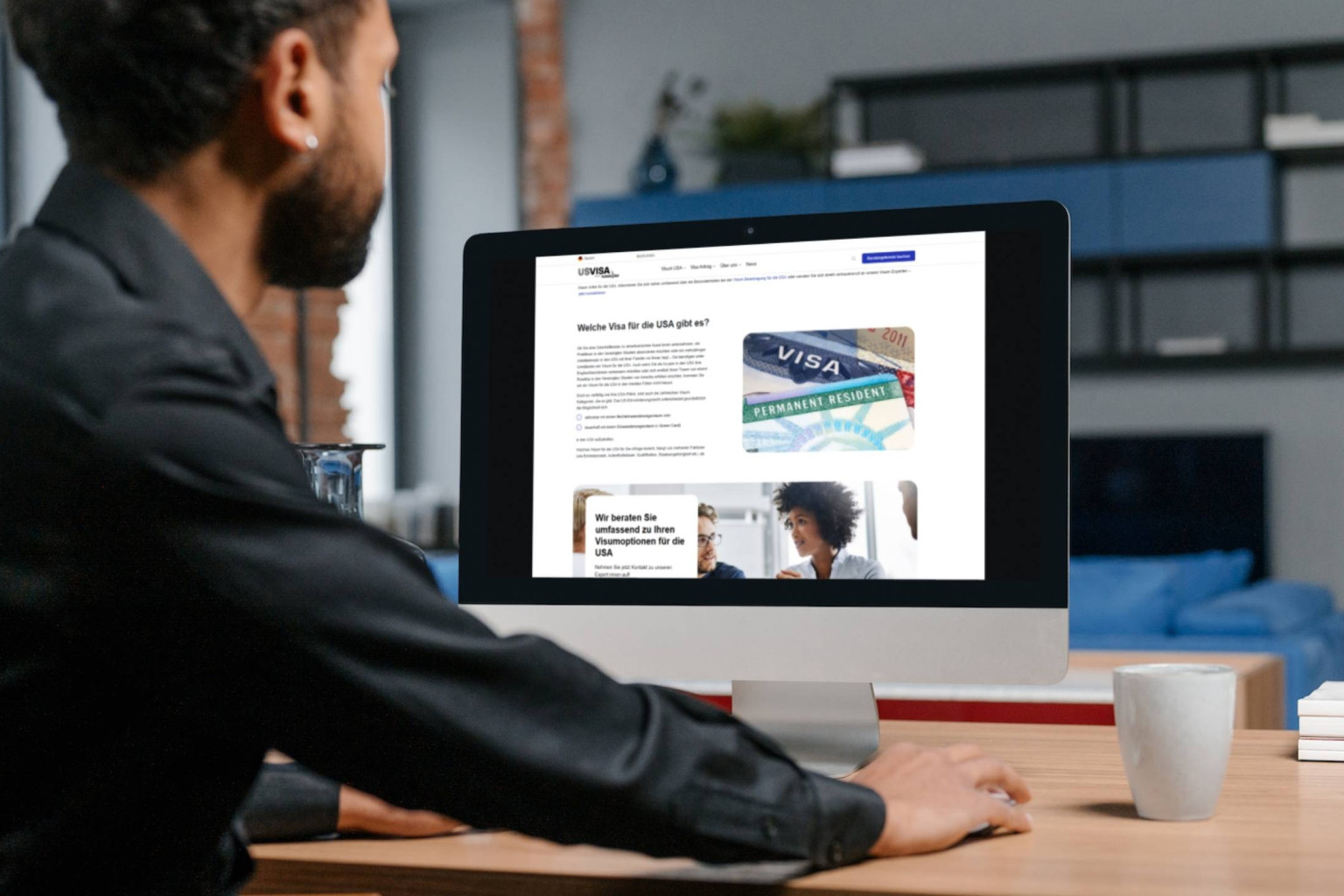Every US employer is required by law to complete and timely file an I-9 form to verify the identity and US work authorization for each employee. The US authorities regularly conduct raids to detect violations. Therefore, below we summarize the most important information regarding the so-called "Employment Eligibility Verification".
The I-9 form is known as the Employment Eligibility Verification. The I-9 form must be completed by US employers as soon as a new employee is hired in the United States. The Employment Eligibility Verification therefore also applies to employees posted to the USA. The I-9 is used to test
In this way, illegal employment is to be prevented. At the same time, curbing illegal employment should not discriminate against employees. For this reason, the same I-9 form must be completed for all employees - regardless of whether they are U.S. citizens or have a green card or other U.S. residency status. The I-9 form must therefore
present.
Since the U.S. Citizenship and Immigration Services (USCIS) launched the electronic I-9 in 2017, new I-9 form versions have been released repeatedly. For US employers, it is therefore always advisable to download and use the most current I-9 available on the USCIS website, including instructions.

The Form I-9 consists of two parts:
This section must be completed and signed by the employee no later than the first day of work. Special feature: Part 1 may be completed before the start of work, provided that the employee has already accepted the job offer.
This section must be completed and signed by the employer within three days of starting work.
The employee must enter mandatory information on the I-9 form and may also voluntarily provide additional information.
Mandatory information: Name, address, date of birth
Optional data: Email address, phone number, Social Security Number (Exception: mandatory information when using the E-Verify online system for data verification).
Information on legal status
The US authorities inquire whether the person is a US citizen, Green Card holder, or holder of a temporary work permit (= work visa).
Before completing Part 2, the employer must check the original documents of the employee, thus confirming the identity and the existence of the work permit. The permitted documents are divided as follows:
Work authorization and identity are sufficiently proven if the employee either
or
It is up to the employee to decide which documents to submit.
Example: A German employee with L-1 Intracompany Transferee status submits as a document from List A his or her German passport in conjunction with the I-94 Entry Form. These two documents are considered "one" document. The employer would then verify that:
The employer is required to retain the I-9 form as long as the employment relationship continues. If the employment relationship ends, the form must be retained until three years after the date of hire or one year after the date of dismissal (whichever is later). Under certain circumstances, it is sufficient to have it in electronic form.
In addition, reverification of certain identity and work permit documents may be necessary, e.g., prior to expiration or upon presentation of new documents.

The US government has the ability to audit the information in the I-9. Failure to comply with the I-9 provisions may result in civil or criminal penalties. Such sanctions are also possible if discrimination or the employment of employees without work permits (= illegal employment) is found.
Significantly higher penalties have been imposed since August 2016 for violations of the I-9 regulations that have been in effect for 20 years. Understandably, particularly severe penalties are imposed for employing an employee without a work permit for the USA. But errors in filling out the I-9 form, such as providing incorrect or incomplete information about the employee or filing too late, are also subject to severe penalties. Such form errors are subject to a $216 to $2,156 fine.
Because these high penalties are assessed for each individual violation, small and medium-sized businesses in particular should be meticulous in their compliance.
The E-Verify system is a supplement to the Form I-9 and does not replace it. Rather, it is used to quickly reconcile information on the I-9 form with data collected by the US government.
The information from the Form I-9 is first transferred into the E-Verify system. This information is then matched with electronic data from the U.S. Department of Homeland Security (DHS) and the Social Security Administration (SSA) to verify that the identity and work authorization information for each new employee is correct.
Certain companies are required to use E-Verify (e.g., companies that perform contracts for the U.S. government). Other companies use the E-Verify system on a voluntary basis. To use E-Verify, a free E-Verify user account must be created.
Please note that E-Verify is also available to employees. For example, if you want to make sure that the personal E-Verify data is correct before changing employer, you can use the so-called SelfCheck System. In case of incorrect data, a correction of the data can be initiated.
Detailed I-9 and E-Verify Information can be found on the official USCIS website.
We advise you on the choice of the appropriate visa category and take over the complete processing for you or your company.

Wir und unsere Partner nutzen Cookies, um personenbezogene Daten wie z.B. Browsing-Daten zu speichern und abzurufen, um z.B. Inhalte und Werbung bereitzustellen und zu personalisieren sowie die Verwendung der Website zu analysieren und das Benutzererlebnis zu verbessern. Sie erfahren mehr über die Zwecke, für welche wir und unsere Partner Cookies einsetzen, wenn Sie unten auf den Button „Cookie Einstellungen“ klicken. Hier können sämtliche Einstellungen auch geändert werden. Nachträglich kann man jederzeit seine Cookie-Auswahl überdenken oder seine Einwilligung widerrufen, indem man auf den Link zu den Cookie-Einstellungen im Footer unserer Webseite klickt. Beachten Sie bitte, dass das Blockieren einiger Cookie-Typen unsere Möglichkeiten zur Bereitstellung von auf Ihre Interessen zugeschnittenen Inhalten haben kann oder einige Funktionen der Webseite nur eingeschränkt zur Verfügung stehen.
Durch klicken auf “Alle Cookies akzeptieren” stimmen Sie unserer Nutzung und der Weitergabe Ihrer Daten an unsere Partner zu.